What is the tolerance range of precision screws?
What is the tolerance range of precision screws?
Service Hotline
+86760-8787 8587We have more than ten years of production experience in the screw industry, the main products are: hexagon socket set screws, GB117, solid knurled rivets, national standard washers, nut fasteners hex, Q254 screws, Phillips cup head bolts, countersunk head Screws and screws, copper belt screws and rivets, die-casting knurled nuts, die washers, cylindrical screws, DIN529 screws, disc spring lock washers, round cup yuan cup bolts and other fasteners, due to different product materials and specifications, the price is also different, please contact us if necessary.


Moisture-proof measures Iron screws are easy to rust in a humid environment. In order to prevent the screws from rusting, the screws need to be moisture-proof and moisture-proof. The moisture-proof and moisture-proof methods of screws are as follows: (1) Vibration machinery, try to use solvent-free paint. (2) It is best to use impregnating paints that do not contain oxidative components, such as epoxy-urethane (Epoxy-urethane)-based or unmodified epoxy-based (Epoxy-)-based impregnating paints. (3) When using melamine alkyd impregnating paint, the curing temperature and curing time should be adjusted. The curing temperature should be slightly higher than 130 °C (such as 135 °C) and the curing time should be longer than 180min, and the process must be strictly implemented, especially In the hot and humid season, the drying (curing) time of the paint specified in the paint factory's samples is not necessarily sufficient from the perspective of rust prevention, and the motor has a specific inner shape. (4), use paint without volatile acid. (5) Choose paint with good hydrolysis resistance.
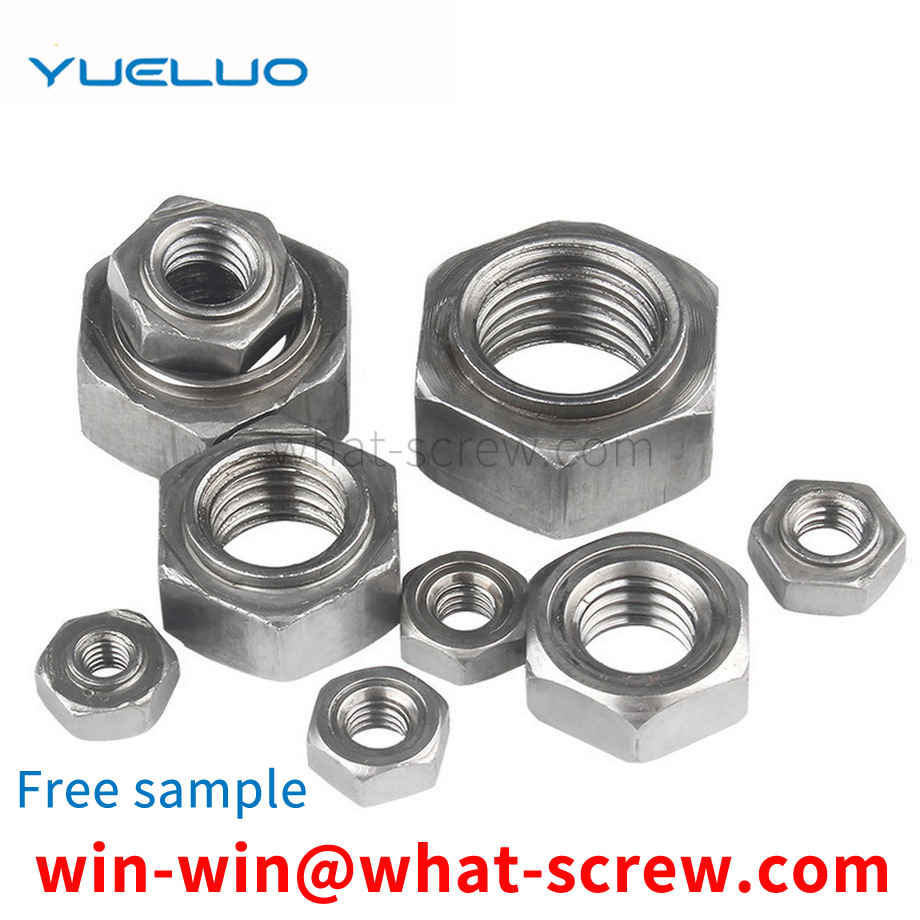
Screws are commonly found in machinery, electrical appliances and buildings. They are generally made of metal or plastic, cylindrical in shape, and grooves engraved on the surface are called screw threads. The main function of the screw is to join two objects, or to fix the position of an object. Screws can often be removed or re-tightened at will without compromising their efficiency. Generally, the diameter of the top of the screw is larger, and the common ones are round, square or regular hexagon. If the top is regular hexagon, you can turn the screw with a wrench. If the top is round, there will also be grooves on the front of the top, which is convenient for use screwdriver to turn the screw. *The common grooves are one-shaped, cross-shaped and square, and there are other shapes. The grooves of the existing screws are often easy to wear, which makes the screws inconvenient to use and causes the screws to be scrapped. In addition, because the screws have no chip removal The structure makes it difficult for the screw to penetrate other objects, which affects the efficiency of the screw.
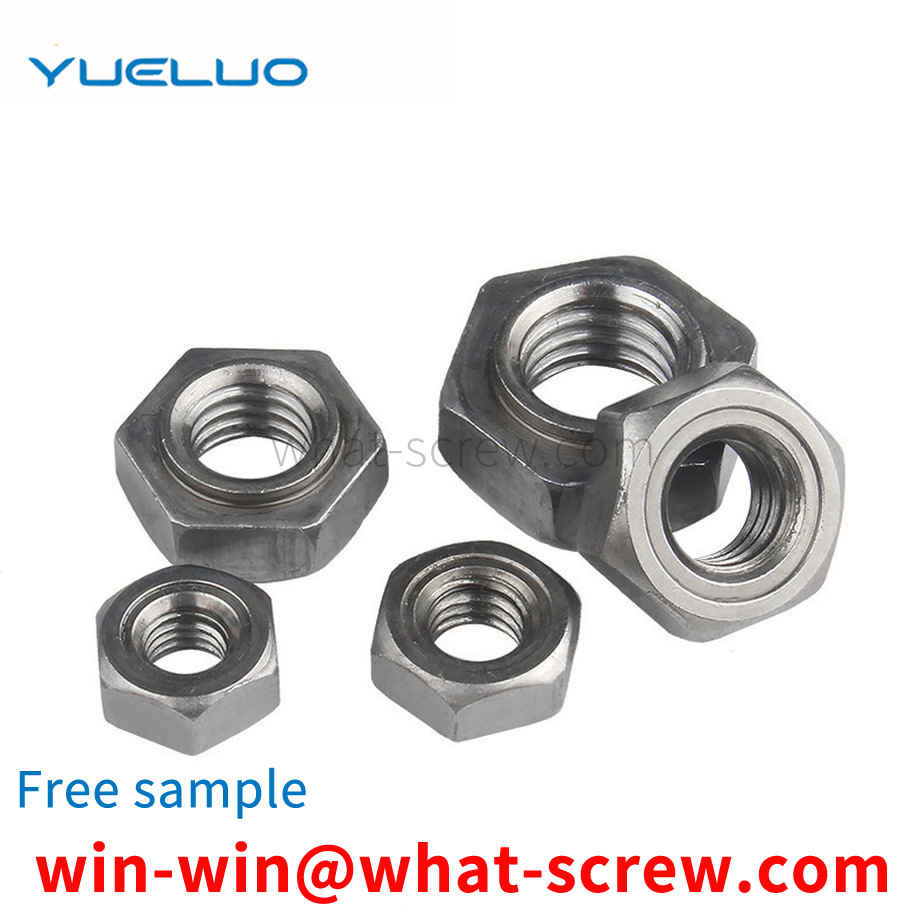
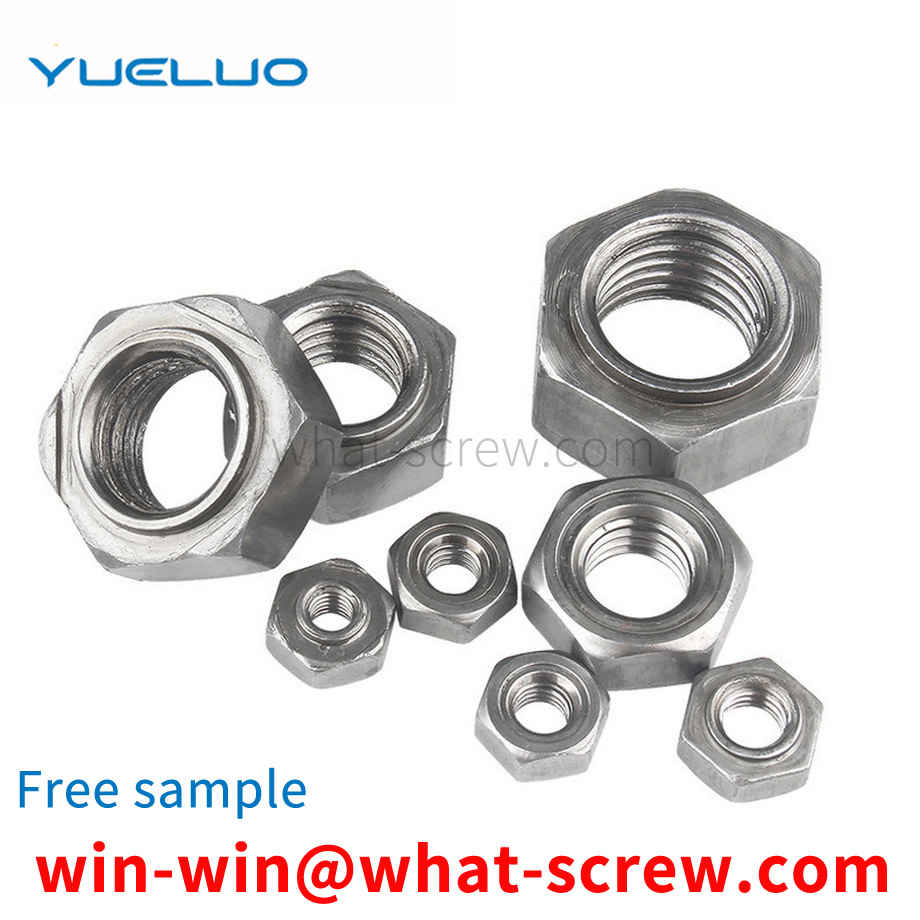
There are many names for screws in the scope of application. Everyone may have different names. Some people call them screws, some people call them screws, some people call them standard parts, and some people call them fasteners. Although there are so many names, but the meaning is the same, they are all screws. A screw is a generic term for a fastener. The principle of the screw is to use the physical and mathematical principles of the oblique circular rotation of the object and the friction force to gradually tighten the tool of the utensil. Screws are indispensable in daily life and industrial production, so screws are also known as the rice of industry. The scope of application of screws includes: electronic products, mechanical products, digital products, electrical equipment, electromechanical mechanical products. Ships, vehicles, hydraulic engineering, and even chemical experiments also use screws. There are many types of screws, whether it is a very small screw for glasses or a large screw for large heavy electrical engineering. The accuracy of screws is usually 6g (class 2, the American standard IFI is 2A teeth), and the rough screws used in construction projects are 1g. Screws are widely used, so the screw market is large, resulting in more manufacturers producing screws. When buyers choose a professional screw manufacturer, they need to understand some professional basic knowledge of screws, such as screw classification standard specification and American screw specification table.
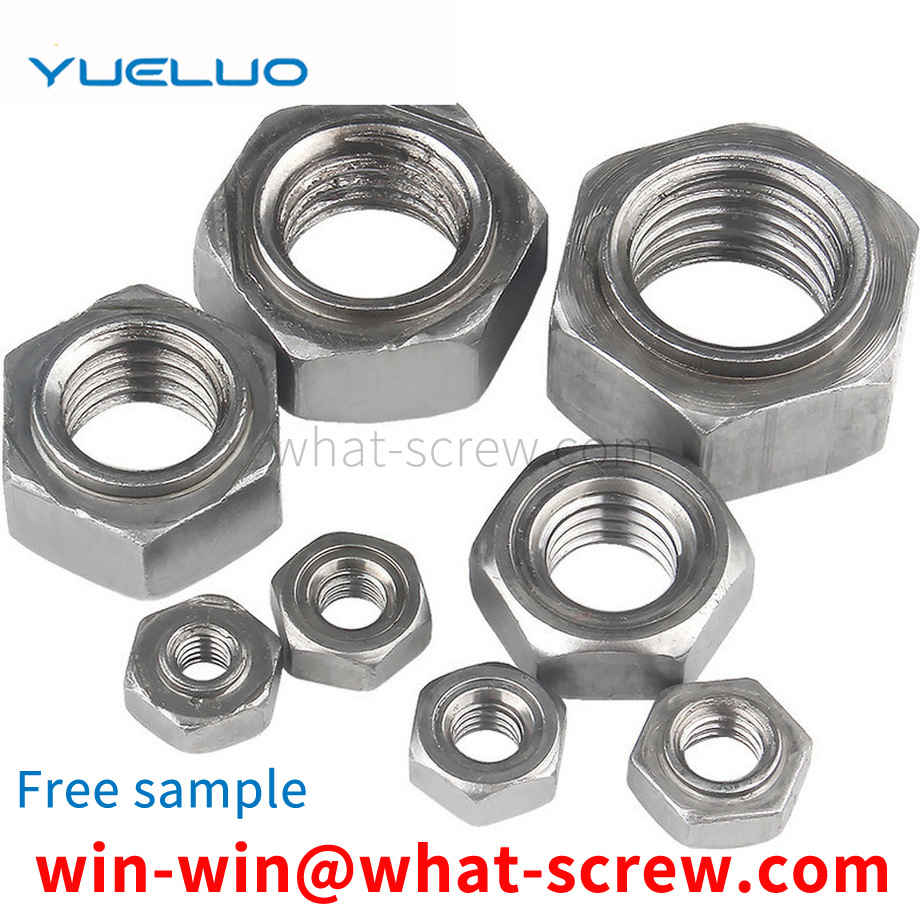
The main part of the pin screw is an ordinary screw, and the pin can be arranged in the melting section of the screw or the drop groove of the metering section or the smooth cylindrical surface without screw grooves at the end of the metering section. The pins are arranged in a certain arrangement, with varying degrees of density and quantity. Cylindrical pins are formed by fitting the pins into the holes of the threaded rod; square or diamond-shaped pins are formed by milling directly on the threaded rod. If these pins are set in the melting zone, the pins can break up the solid bed, destroy the two-phase flow, stir the solid and liquid phases together, increase the contact area between the undissolved solid phase fragments and the contained material, and promote molten. If the pin is set in the melt conveying area, its main function is to divide the material flow, increase the interface, change the direction of the material flow, and rearrange the flow beam. Divide and merge multiple times, change the flow direction, and homogenize the melt composition and temperature. The mixing section is an inwardly slotted structure arranged at the end of the common screw homogenizing section, and its outer diameter is equal to the outer diameter of the screw. The grooves are divided into several groups, and each group is the confluence area of the material. The materials are divided by grooves, meet in the confluence area, and then divide and confluence. The principle is similar to the pin type. The characteristic of the separate screw is that in addition to the original screw thread (called the main screw) on the melting section, there is also an additional thread (called an additional thread) whose outer diameter is slightly smaller than the outer diameter of the main thread, and the main and auxiliary threads are With different leads, the secondary thread starts from the end of the feeding section (and connects with the feeding section here), and after several threads, gradually intersects the main thread of the homogenizing section. The screw groove depth and thread lead of this kind of screw change gradually from the beginning of the feeding section to the end of the homogenization, that is, the thread lead gradually narrows from the width, and the groove depth gradually becomes shallower from the depth, which can maximize the compression of the material.
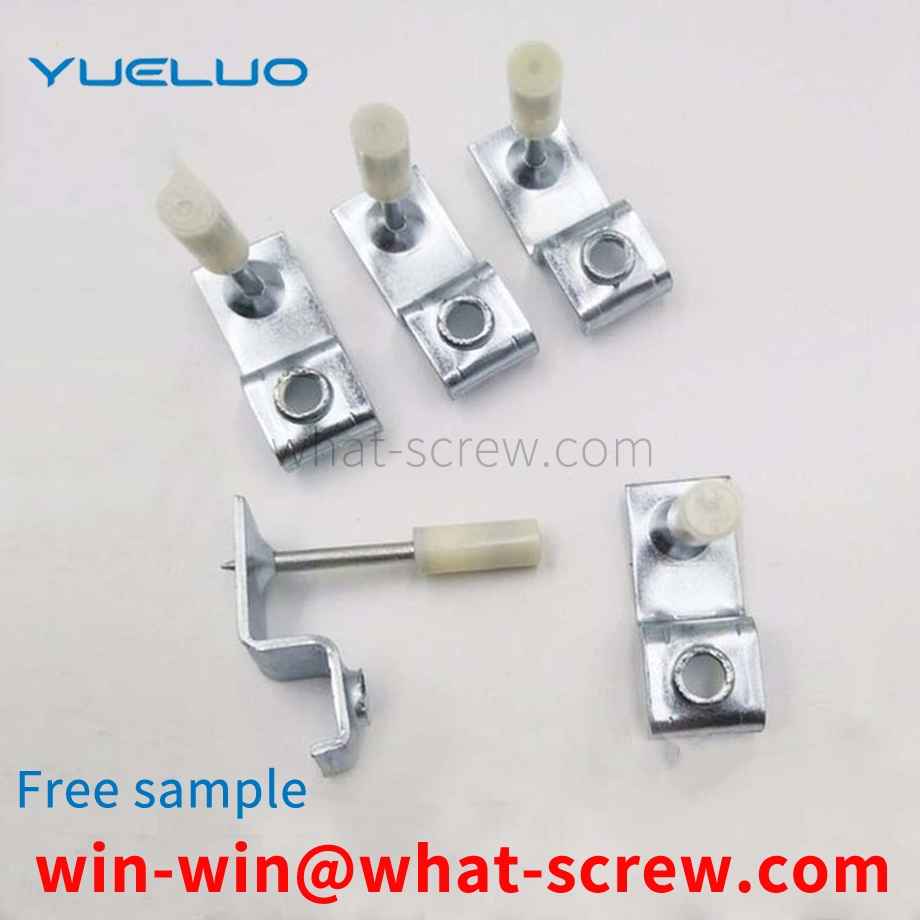
The above content is uploaded by Yueluo or the Internet. If there is any copyright issue, please contact [email protected].

What is the tolerance range of precision screws?

How to choose the right stainless steel screw manufacturer?

Why is there an R angle under the head of the hexagon head s...

We have more than ten years of experience in screw industry ...

We have more than ten years of experience in screw industry ...

We have more than ten years of experience in screw industry ...

We have more than ten years of production experience in the ...